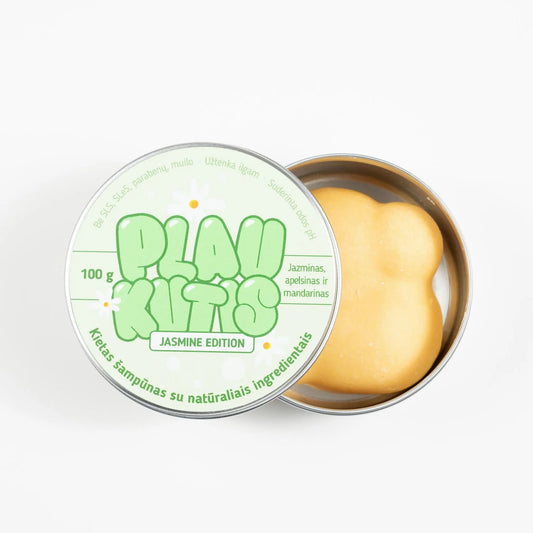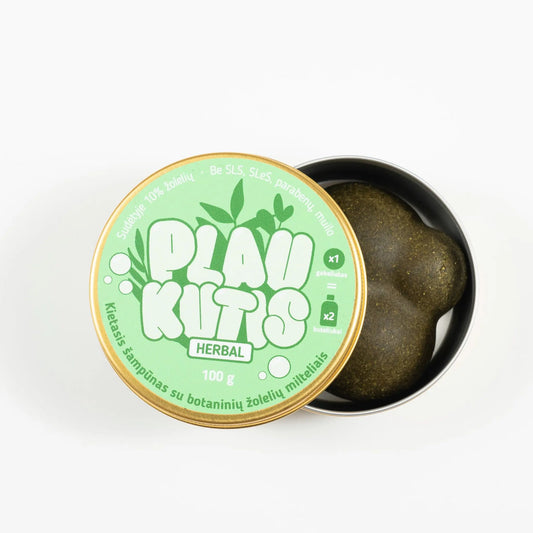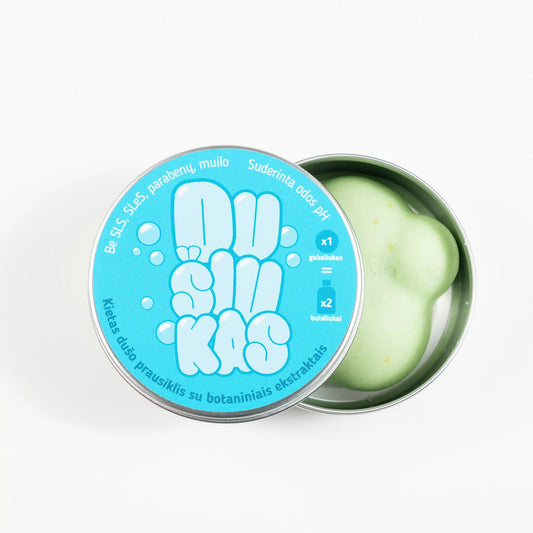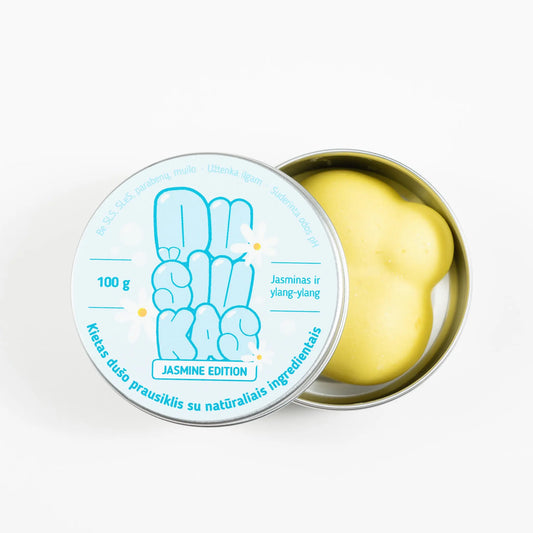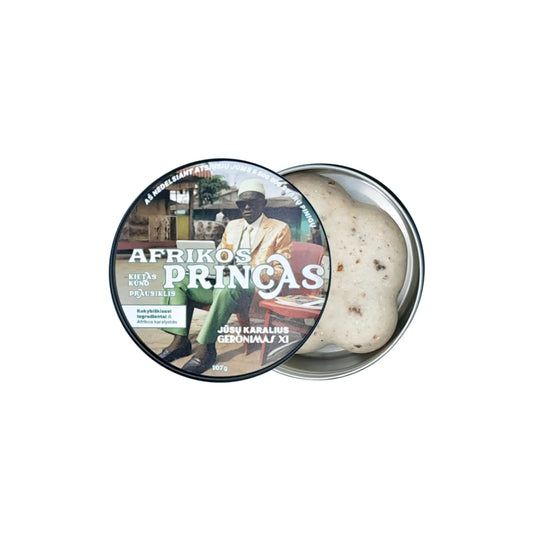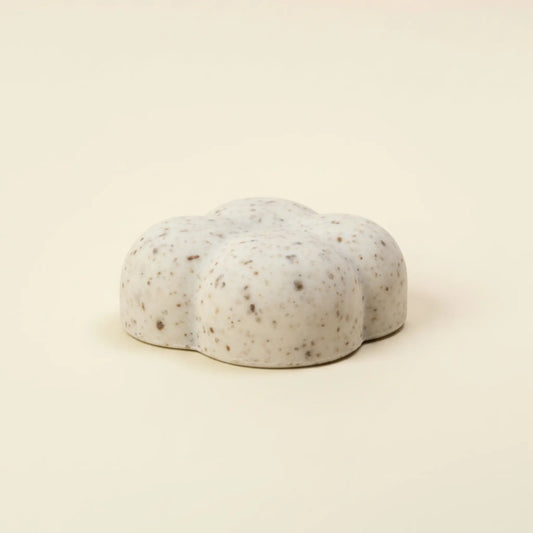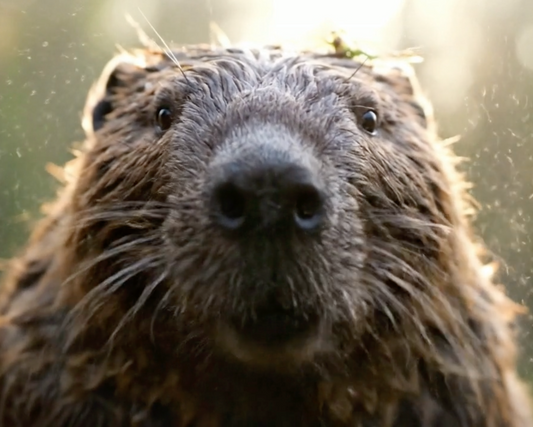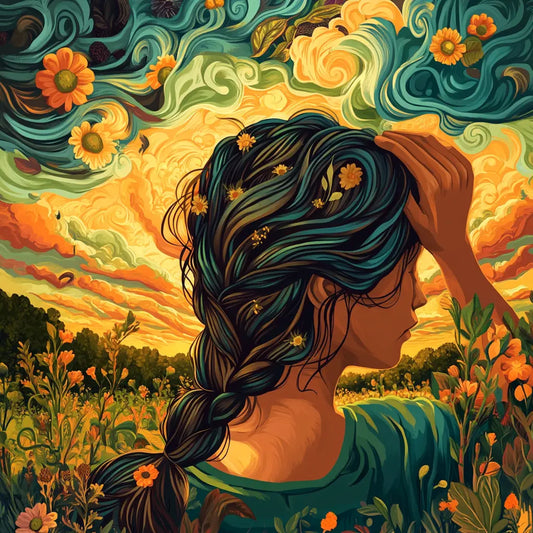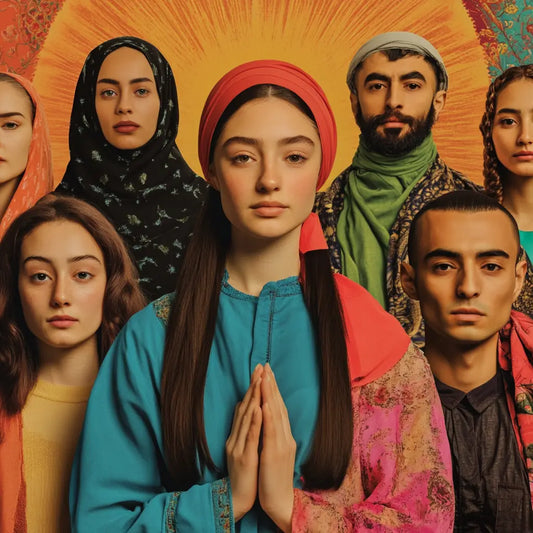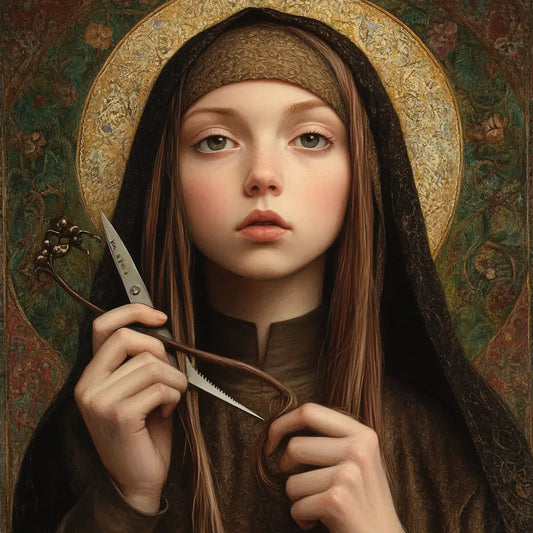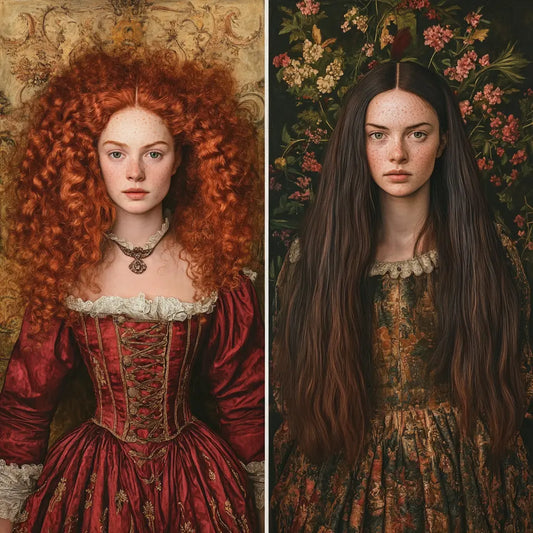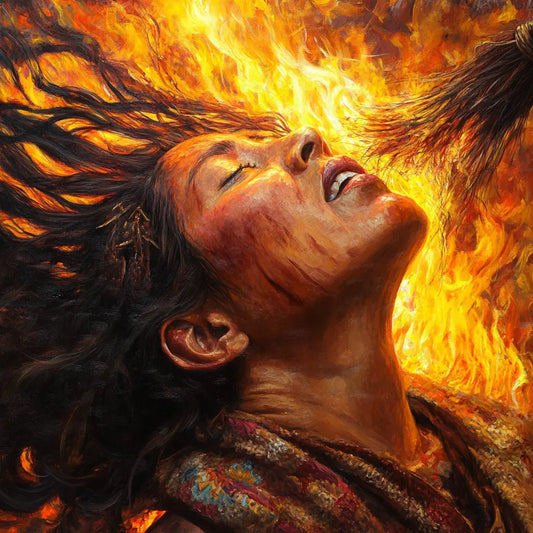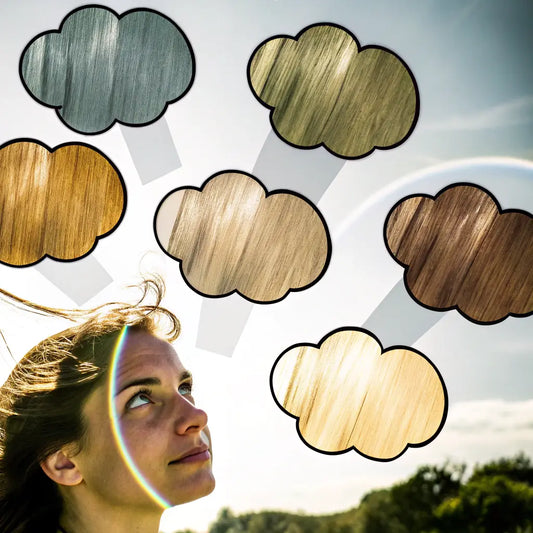In the digital age, few things capture the attention of millions like viral hair stories. From shocking transformations to the use of hair as key evidence in criminal cases, hair holds a prominent place in our culture. But why is hair so intriguing? Beyond aesthetics, hair has a deeper meaning—it reflects identity, justice, and societal norms.
In this article, we'll discuss the most famous viral hair stories, examine how hair is used in forensics, and discuss its lasting cultural impact. For women, understanding these trends isn't just about beauty, but also about how hair shapes identity and reflects larger social issues.

The most famous viral hair stories in the media
Viral hair stories have taken the internet by storm over the past decade. These stories spark debate, inspire trends, and change public perceptions of beauty. Here are some of the most notable viral hair moments.
1. The Gorilla Glue Girl Incident
In 2021, Tessica Brown, better known as “Gorilla Glue Girl,” shared her viral hair disaster. After using Gorilla Glue spray instead of hairspray, her hair became stiff and unruly for weeks. Tessica’s story garnered millions of views on TikTok, and her video has since racked up over 50 million views .

- The result: A plastic surgeon successfully removed the adhesive during a free procedure that could have cost around $12,500 .
- Cultural impact: This incident has sparked debate about the safety of hair care products, especially among the black community, where hair care is an important part of cultural expression.
2. Ariana Grande's $55,000 ponytail
Ariana Grande's high ponytail has become iconic. In 2021, a lock of her hair was auctioned off at a charity event for an incredible $55,000. Although the bid was later retracted as a joke, it demonstrated the cultural fascination with celebrity hair. Grande's hairstyle symbolizes power, youth, and confidence, making it one of the most imitated hairstyles in pop culture.

- Fun fact: YouTube searches for "Ariana ponytail tutorial" have reached over 100 million views worldwide.
3. Buzzcut Challenge
In 2020, during the pandemic, women around the world began participating in the #BuzzcutChallenge. Unable to visit beauty salons, many decided to shave their heads at home. What started as a practical solution quickly became a statement about beauty norms and bodily autonomy.

- Cultural shift: This challenge, which has received over 200 million views on TikTok, challenged old beauty norms and empowered women to take control of their appearance.
- Interesting number: A study by the American Psychological Association showed that more than 70% of women who shaved their heads during the pandemic said they felt more confident and free.
4. Meghan Markle's hair evolution
Meghan Markle's hair has been closely watched since she became a member of the royal family. From straight hairstyles to natural curls, Meghan's hair choices have sparked a global debate about natural hair, especially among women of color.

- Impact: Meghan's move to embrace her natural texture after stepping down from royal duties in 2020 reflected a broader societal movement towards natural hair acceptance, inspiring millions of black women around the world.
- Fact: Searches for "Meghan Markle natural hair" increased by 800% after Meghan's public appearance with natural hair.
5. The rainbow hair trend
The rainbow hair trend has gained popularity in recent years, led by celebrities like Kylie Jenner and Billie Eilish. The colorful trend has quickly spread across social media, especially Instagram and TikTok.

- Fun fact: The hashtag #RainbowHair has over 20 million posts on Instagram.
- Cultural influence: Rainbow-colored hair has become a symbol of individuality and non-conformity to traditional beauty norms, reflecting the rise of creative self-expression.
The use of hair in forensics: historical and modern cases
Hair is not just a beauty detail, it is also a powerful tool in forensics. Hair analysis has been an important tool in solving crimes for centuries. Let's take a look at how hair has been used in some of the most famous criminal cases.
1. The assassination of John F. Kennedy
In 1963, after the assassination of President John F. Kennedy, hair samples found at the crime scene helped investigators link Lee Harvey Oswald to the crime. While the hair evidence was not the only evidence, it contributed to one of the most famous criminal cases in U.S. history.

2. The Amanda Knox case
The Amanda Knox case for the murder of Meredith Kercher in Italy became a global media sensation. Hair found at the crime scene was a key piece of evidence, but forensic errors led to Knox being wrongly convicted. After a year of legal wrangling, Knox was acquitted in 2015.

- Fact: The handling of forensic hair evidence in this case was so flawed that it led to changes in Italian forensic procedures.
3. The JonBenét Ramsey Case
The unsolved murder case of JonBenét Ramsey, a six-year-old beauty queen, gained global attention in 1996. Hair samples found there played a key role in the investigation, although they did not ultimately solve the case.

- Interesting number: More than 500 pieces of evidence were analyzed in the JonBenét case, including hair samples.
4. The Lindy Chamberlain Case
In 1980, in Australia, Lindy Chamberlain was wrongly accused of killing her baby. She claimed that a dingo (a type of wild dog) had taken the baby. Hair evidence initially pointed to guilt, but a year later, the evidence was reviewed and showed that the hair belonged to a dingo, so Lindy was acquitted.

- Fact: This case has become a classic example of how improperly handled forensic hair evidence can lead to a wrongful conviction.
5. Advances in modern DNA analysis
Today, forensic scientists can extract DNA from hair follicles to solve cold cases. In the 2018 case of the notorious Golden State Killer, Joseph DeAngelo, forensic hair evidence helped identify him after decades of hiding.

- Fact: DNA from a single hair follicle can provide 99.9% accuracy , making it one of the most reliable forensic evidence.
The cultural influence of hair stories
Viral hair stories and criminal cases show that hair is more than just an aesthetic detail. It has a significant cultural impact. These stories shape our understanding of beauty, identity, and justice.
1. Changing beauty standards
Viral hair stories are challenging traditional beauty standards. Movements like the #BuzzcutChallenge and the natural hair movement are redefining beauty, showing that beauty can come in many forms, from colorful rainbow hair to shaved heads.

- Fact: A 2020 Dove study found that 67% of women felt more confident after trying out unusual hair colors and styles after they became popular online.
2. Hair as proof of identity and justice
Hair is often considered a personal and aesthetic choice, but in forensics it can be the key to justice. Hair evidence has helped solve crimes and overturn wrongful convictions, showing how something so personal can have important legal consequences.
3. Representation in media and culture
Hair stories, especially those involving celebrities like Meghan Markle and Ariana Grande, shape cultural perceptions of beauty and identity, inspiring millions of women to embrace their hair, regardless of its texture, color, or style.

- Fun fact: A Nielsen study found that celebrity endorsements or viral hair trends can increase beauty product sales by as much as 300% , showing the economic impact of hair representation.
Myth debunking or interesting facts
-
Myth: Getting a haircut makes hair grow faster.
Fact: Hair grows from the follicle, so cutting it doesn't speed up growth. However, regularly trimming your ends prevents split ends and keeps your hair growing healthier. - Fun fact: In 2007, a lock of Elvis Presley's hair was sold for $115,000 , making it one of the most expensive celebrity hair sales in history.
-
Myth: You can determine a person's diet from their hair.
Fact: While hair can reveal traces of drug use or certain toxins, it is not a reliable indicator of dietary habits. - Interesting fact: On average, a person loses 50-100 hairs per day, which is completely normal.
-
Myth: Hair continues to grow after death.
Fact: Hair appears to grow because the skin around the follicles contracts as it dries, but in reality, no hair growth occurs.

Practical tips or solutions
- Try unusual colors: Don't be afraid to experiment with bright hair colors. Try temporary versions of dye if you're afraid to commit to a long-term new look.
- Consider shaving your head: If you're thinking about a radical change, shaving your head can be an empowering experience, as many women have discovered through the #BuzzcutChallenge.
- Know your hair products: Avoid using unconventional products like Gorilla Glue. Always read labels and stick to products specifically formulated for hair care.
- Preserve hair samples for DNA testing: For personal or family history research, preserve hair samples to preserve genetic material.
- Embrace your natural hair: Whether it's curly, straight, or somewhere in between, embrace your natural hair texture. The growing trend of natural hair is allowing women to break free from beauty standards.

FAQ (Frequently Asked Questions)
-
Why are viral hair stories becoming so popular?
Viral hair stories often testify to deeper cultural conversations about beauty, identity, and self-expression, which is why they resonate with a wide audience. -
How is hair used in forensics?
Hair can provide DNA, help determine drug use history, and even reveal traces of certain toxins or areas a person has been to. -
Does cutting hair really speed up hair growth?
No, cutting your hair does not speed up growth, but it does help prevent split ends and encourage healthier hair growth. -
Why is rainbow-colored hair so popular?
Rainbow hair is a fun and creative way to express individuality. It's popular because it deviates from traditional beauty norms, allowing people to show off their unique style. -
What is the record for the longest hair in the world?
Xie Qiuping from China holds the record for the longest hair at 18 feet 5.54 inches long.

Conclusion
Viral hair stories and criminal cases show that hair holds an important place in culture, beauty, and justice. From shaping beauty standards to solving crimes, hair transcends aesthetic value. As hair trends and stories continue to go viral, one thing is clear – hair is not just about looks, it is a powerful statement of identity and an influential part of society.
